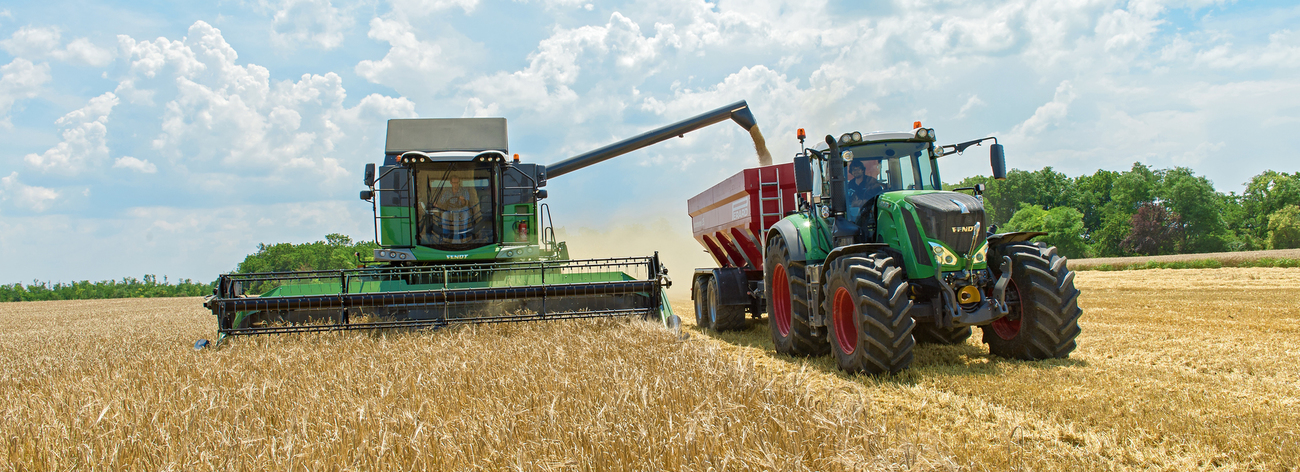Harvesting, the culmination of months of hard work and dedication by farmers, is a critical phase in agricultural production. The successful harvesting of crops ensures a bountiful yield, and yet, it remains one of the most challenging aspects of farming. Farmers must contend with various obstacles that can negatively impact their harvests, such as weed competition, lodging, and uneven crop maturity. However, advancements in combine technology, including innovative features like concaves, are proving to be instrumental in addressing these challenges and ensuring efficient and productive harvests.
Weed Competition: A Persistent Menace
One of the longstanding challenges that farmers face during harvesting is weed competition. Weeds have an uncanny ability to grow alongside crops, siphoning off essential nutrients, water, and sunlight. Their presence reduces the yield and can contaminate the harvested crop, lowering its quality. Conventional methods of weed control often involve manual labor or chemical treatments, both of which can be time-consuming, expensive, and detrimental to the environment.
Lodging: When Crops Bend Under Pressure
Lodging, the phenomenon where crops bend or fall over due to factors such as wind, rain, or inadequate root support, presents another hurdle during harvesting. This results in tangled and difficult-to-harvest crops, which can lead to machinery clogs, increased fuel consumption, and decreased overall efficiency. The repercussions are not limited to the harvest itself; lodging can affect the quality of the crop, impacting market value and, subsequently, the farmer’s income.
Uneven Crop Maturity: A Challenge of Timing
Uneven crop maturity is yet another obstacle that farmers encounter during harvesting. It occurs when different parts of a field experience varying rates of growth and maturation. This divergence in crop maturity can complicate the harvesting process as crops need to be harvested at their optimum stage to ensure maximum yield and quality. Traditional harvesting methods may force farmers to compromise between harvesting under-ripe and overripe crops, affecting overall productivity and market value.
Advancements in Combine Technology: The Promise of Solutions
Fortunately, advancements in combine technology are transforming the landscape of harvesting by offering solutions to these challenges. One notable innovation is the development of advanced concaves. Concaves are essential components of combine harvesters that help separate the grain from the rest of the plant material. Traditional concaves had limitations in terms of their adaptability to varying crop conditions and types, often leading to issues such as grain loss and incomplete threshing.
Addressing Weed Competition: Precision and Efficiency
Modern concaves come equipped with adjustable settings that allow farmers to tailor their harvesting operations to specific crop types and field conditions. This adaptability enhances the machine’s ability to thresh and separate crops effectively while minimizing the chances of weed contamination. Additionally, some advanced concave systems include integrated sensors and smart technology that can identify and remove weed material during the harvesting process, reducing the need for manual intervention or chemical treatments.
Tackling Lodging: Gentle and Efficient Harvesting
In the case of lodging, innovative concave designs, often accompanied by complementary features such as rotor technology, enable the combine harvester to gently gather lodged crops without causing further damage. These designs utilize mechanisms that lift and separate lodged crops from the ground, reducing the risk of machinery blockages and enhancing overall harvesting efficiency. This results in reduced fuel consumption, decreased wear and tear on the machinery, and higher-quality harvested crops.
Balancing Uneven Crop Maturity: Precision Harvesting
Uneven crop maturity is being addressed through advancements in combine technology that allow for variable speed and settings on the concave systems. This means that the machine can adapt its threshing and separation processes to match the varying maturity levels across the field. As a result, farmers can maximize yield and quality by harvesting each section of the field at the optimal time rather than compromising for the sake of uniformity.
In conclusion, the challenges of weed competition, lodging, and uneven crop maturity have long plagued farmers during the harvesting process. However, with the advent of advanced combine technology and the incorporation of innovative concave systems, these challenges are being effectively addressed. Modern concaves with adjustable settings, integrated sensors, and adaptive mechanisms are revolutionizing the way crops are harvested. They are providing farmers with the tools they need to combat weed contamination, gently manage lodged crops, and achieve precision harvesting even in the face of uneven crop maturity. As agriculture continues to evolve, these technological advancements stand as a testament to the industry’s commitment to efficiency, sustainability, and increased productivity.

